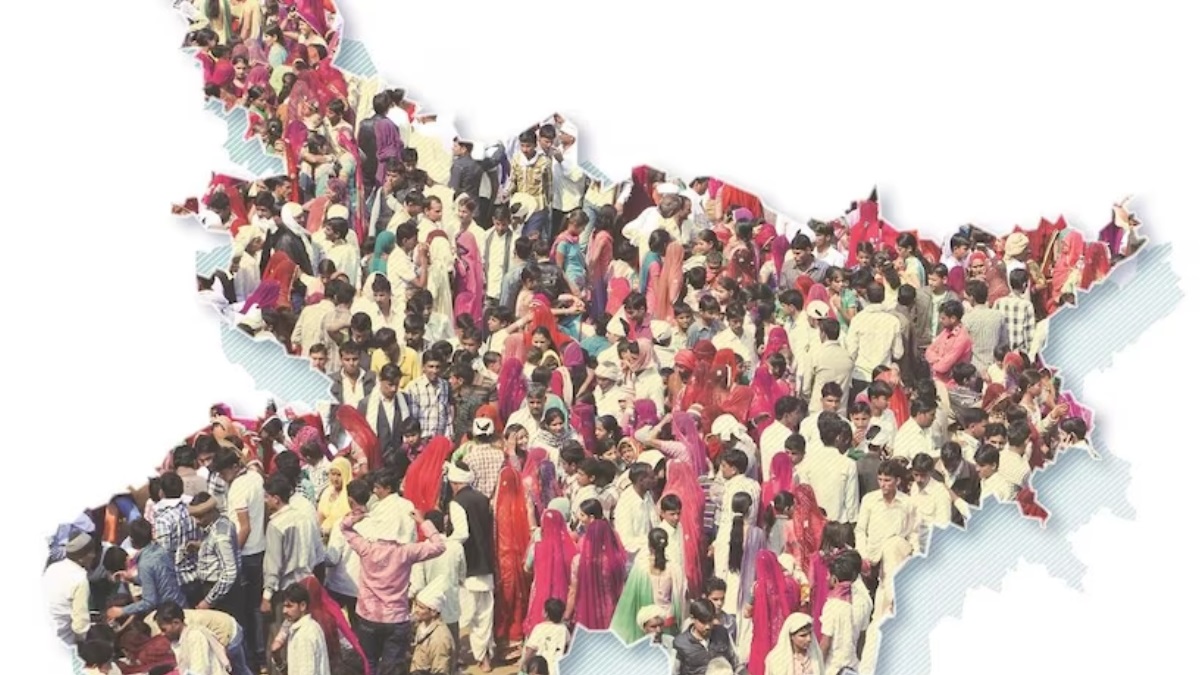Recently, Bihar decided to conduct its own survey for caste census as there was no caste census survey had been conducted throughout the country since independence. You must be wondering then how the agencies and authorities were operating without the nationwide caste census survey. Reportedly, the private entities and government agencies collected numbers from other data collection exercises to get some insights. CMIE (Centre for Monitoring India Economy) through its Consumer Pyramids Household Survey collects data about consumption patterns including the current financial condition of households which was compared to the previous year. In the following sections, we have poured in more details about the caste census. Keep reading this article and learn more details.

An official nationwide caste census has not been conducted since 1947, numbers collected by government and private entities as part of other data collection exercises provide some insights about castes. According to the limited data available about castes, the upper-caste segment was less affected during the pandemic, while the lower-caste segment including Scheduled Castes (SCs) was the most affected during the pandemic and remained among the slowest to bounce back which meant that those in the bottom of the caste hierarchy are the least hopeful about the future.
Following Bihar’s caste survey, the caste system has once again emerged as a big public issue. Bihar’s caste survey’s result was declared in parts in the past two months, November and October. According to the latest caste survey of Bihar, the state has fertile grounds for caste to emerge as an electoral issue. The fifth round of NFHS-5 (National Family Health Survey) was conducted between 2019 and 2021, it showed that Bihar has a higher share of SC and OBC (Other Backward Classes) in the population than the national figures. Read more details.
The Bihar state also has low employment opportunities as well. Only 8.5 percent of Bihar’s population has regular wages and salaries, which is the lowest among all the states in India. The Bihar caste survey data showed that 43.9 percent of the SC community earns below Rs 6,000 per month. Meanwhile, the Bihar Assembly has passed a Bill to higher overall caste-based reservations. The result of the Bihar survey shows that those lower down in the caste hierarchy tend to have fewer wealthy people. A higher share of both the SC and ST population is in the lowest wealth quintile.
